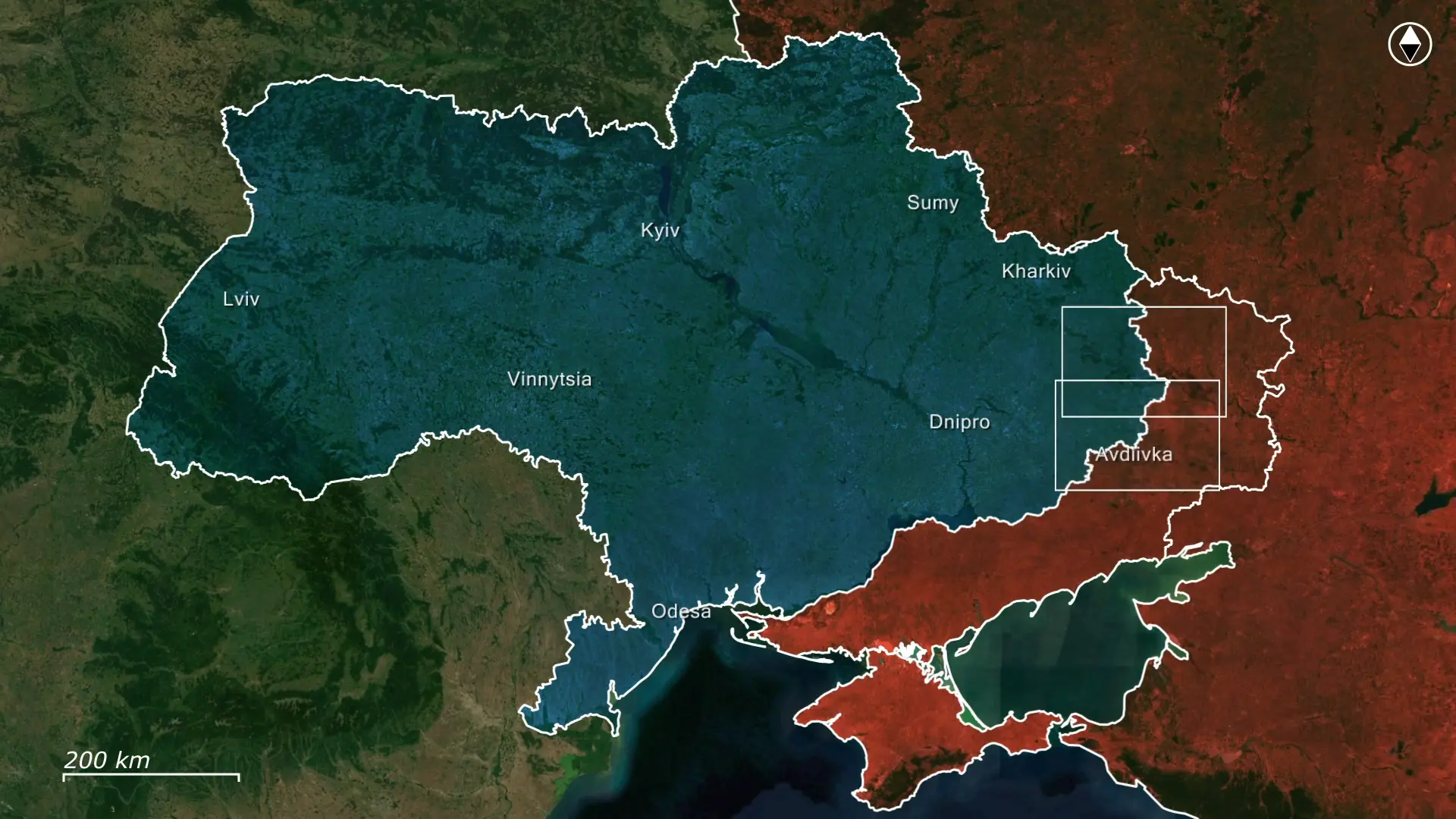Here, the Russians intensified their attacks in the southern part of the city in an attempt to cut off the Ukrainian forces from the ones in the central high-rise district. However, the Russian assault units broke up and bogged down, setting the stage for a powerful Ukrainian counterattack.

The Zabalka district in southern Toretsk holds significant tactical value for the ongoing battle in the city. This district includes a key avenue that stretches toward Russian-held central high-rises, which could serve as an essential secondary logistics route. If secured, this route would allow the Russians to double their troop deployments to the central high-rises, enhancing resupply and reinforcement capabilities for continued operations to seize Toretsk. Additionally, Russian control of Zabalka would help prevent Ukrainian counterattacks from severing their forces in the city center, solidifying their hold and bolstering the overall offensive.

Earlier, Russian forces achieved minor gains in the northern part of the Zabalka district, motivating them to push forward with further assaults to secure control. To expedite their advance, Russian command deployed a sabotage and reconnaissance group deeper into the Ukrainian-held areas of Zabalka. The Russian fighters encountered minimal resistance, with Ukrainian forces dispersed through much of the district, resulting in a relatively quick advance behing the lines.
The Russian reconnaissance groups concluded that the lack of substantial Ukrainian positions in Zabalka would allow for an efficient Russian assault. However, Ukrainian forces had established their primary defensive positions on the terrikons west of the district and at the nearby coal mine complex. These terrikons serve as strategic observation points, enabling Ukrainian troops to monitor Russian movements and relay coordinates to artillery and drone units. From these elevated vantage points, along with fortified positions in the coal mine’s high-rise buildings, the Ukrainians effectively control Zabalka without needing to station ground forces directly within the district.

This setup allowed the Ukrainians to detect and eliminate Russian reconnaissance units that ventured deep into Zabalka. Targeted drone and artillery strikes significantly weakened and disrupted the Russian units, bogging them down and preventing them from relaying information to the main Russian forces. These reconnaissance units, operating in small groups rather than as fully equipped assault teams, were intended to infiltrate, create pressure points, and distract Ukrainian forces, paving the way for the main Russian assault. However, the disrupted Russian units failed to establish the conditions needed for a larger offensive, effectively trapping themselves within the area.
This situation allowed Ukrainian stormtroopers, supported by M-1-13 armored vehicles, to advance into the gray zone occupied by disorganized Russian reconnaissance units. The combination of fire support from the armored vehicles and the effectiveness of the Ukrainian assault teams left the previously shelled and casualty-sensitive Russian units with no chance to regroup. Consequently, most of the Russian forces in Zabalka were decimated, leading them to abandon their operation and withdraw from the area.

Overall, the Russians tried to mount an advance in the southern part of Toretsk. However, reconnaissance units got bogged down and never provided intel for the main attack, which led to their destruction by a powerful Ukrainian counterattack. As the Ukrainian counterattack gained momentum, the Russian Air Force was ordered to bombard the Ukrainian positions in the district, as seen in combat footage. This was done in a desperate attempt to disperse and halt the Ukrainian advance, in fear that they might uppercut the Russian forces in the central part of the city, which is very likely the next phase of the Ukrainian counterattack operations.








.jpg)












Comments